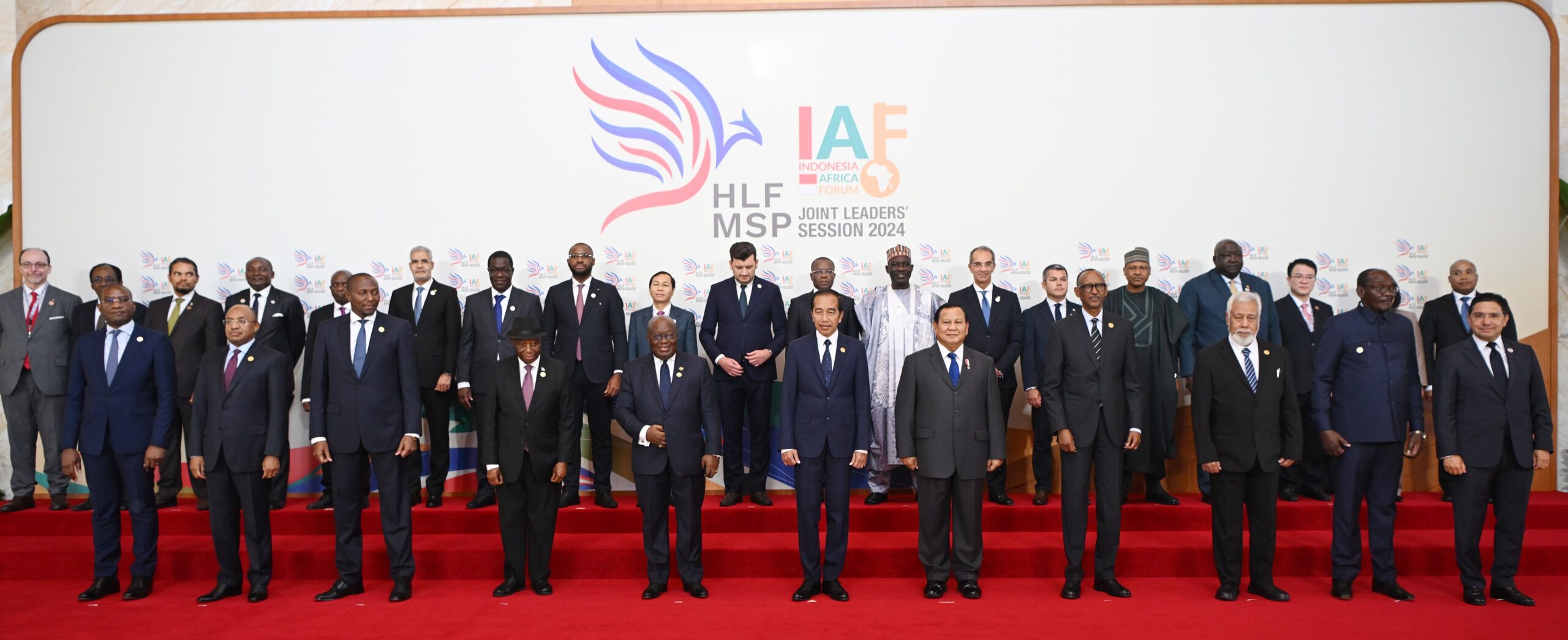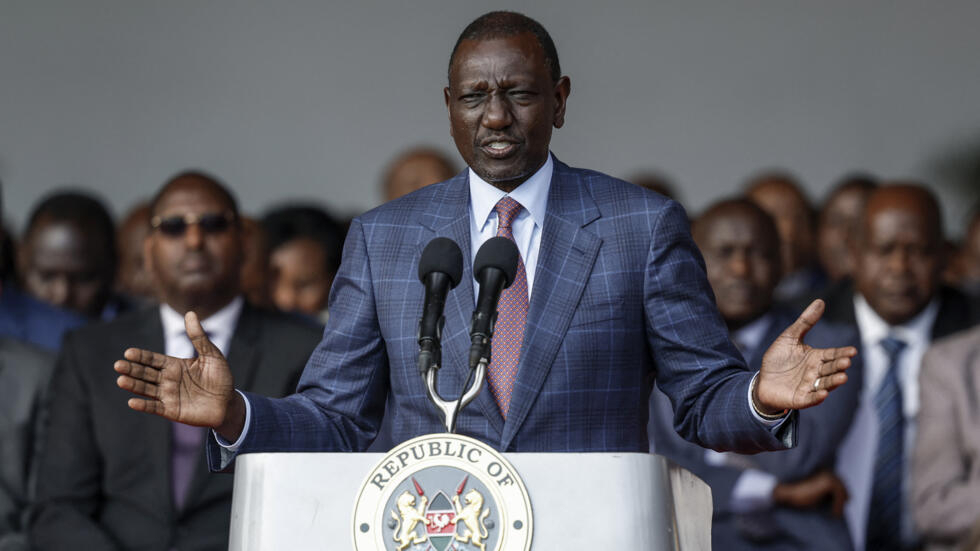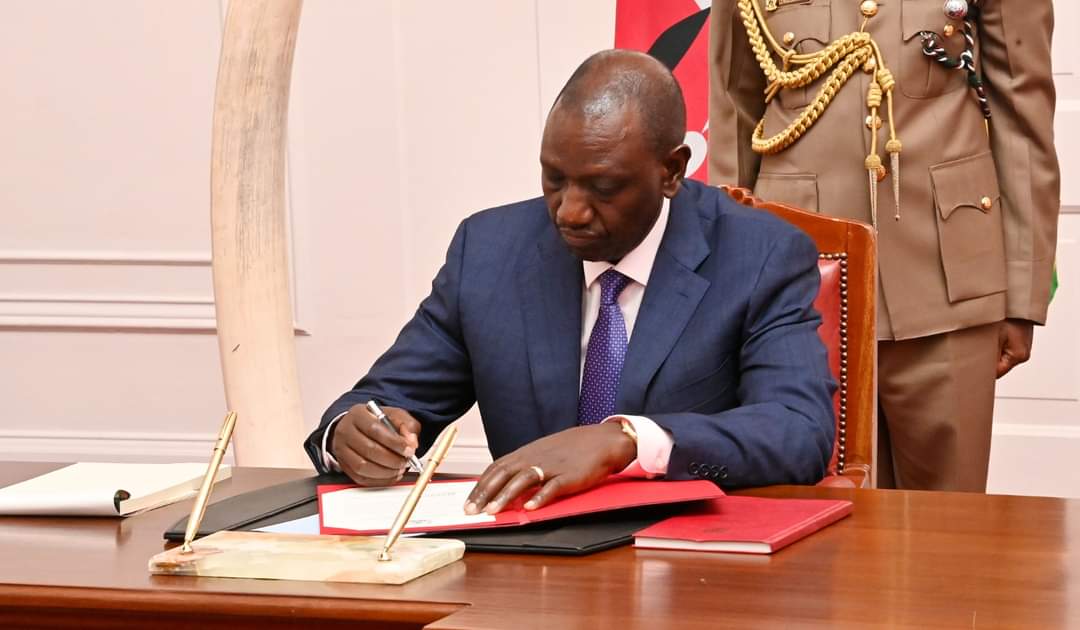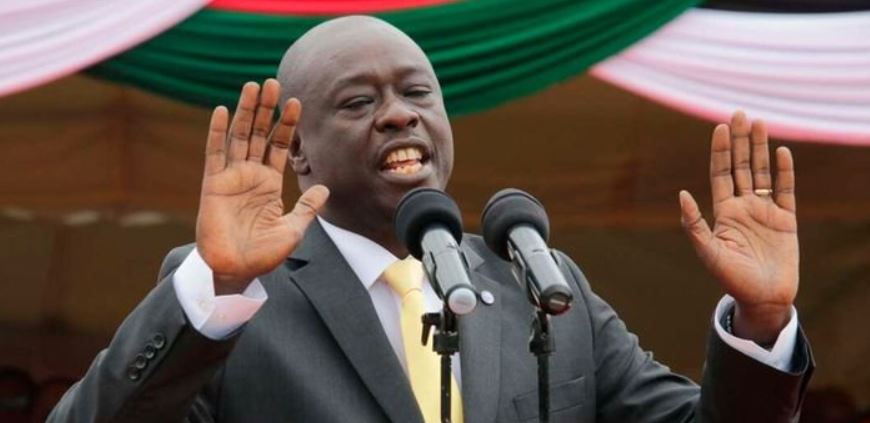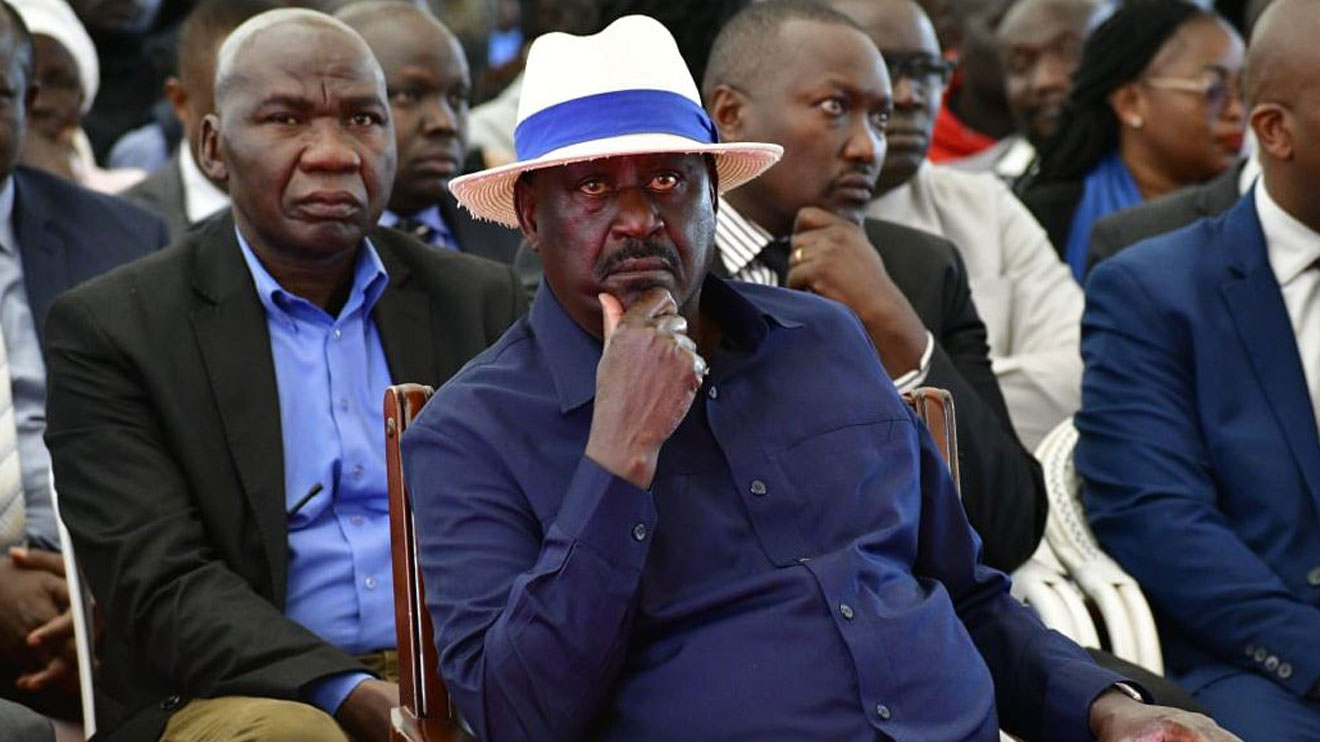As former U.S. President Donald Trump ramps up threats of additional tariffs on Chinese imports, Beijing is shifting its strategy.
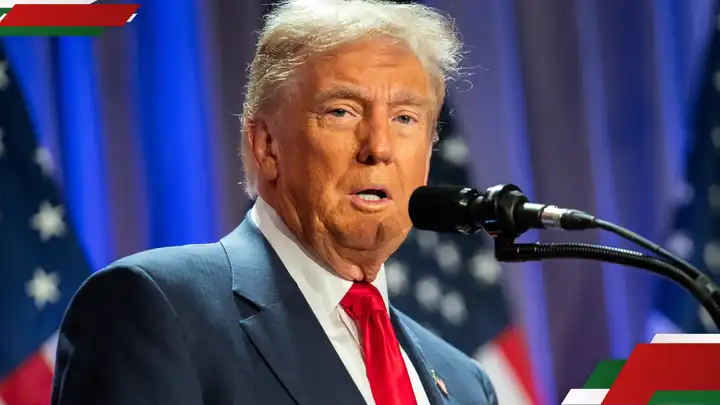

The Chinese government is focusing on securing a seat at the negotiation table to address trade disputes and avoid a full-blown trade war. Experts suggest China aims to resolve contentious issues, including trade, investment, and technology policies, with the U.S. before further economic fallout occurs.
Beijing’s Strategic Moves
Learning from the trade disputes during Trump’s first term, China is proactively taking steps to strengthen its bargaining position. Among its recent actions is a probe into U.S. tech giant Nvidia over alleged antitrust violations and a ban on exporting rare minerals crucial for high-tech industries.
HSBC’s Chief Asia Economist, Fred Neumann, noted, “This can be seen as the opening move in what could eventually lead to negotiations with the U.S. rather than an outright escalation into a tariff war.”
However, China’s economy remains vulnerable. A renewed trade conflict with the U.S.—the world’s largest economy—could exacerbate challenges for China, which still relies on importing advanced technology and maintaining U.S. consumer demand for its goods.
Economic Risks and Opportunities
While China has gained dominance in industries such as electric vehicles and renewable energy, it continues to depend on U.S.-made high-tech equipment, including advanced microchips. Analysts warn that Washington could impose stricter trade restrictions, further straining China’s supply chains.
Meanwhile, Beijing is leveraging its growing influence in global markets. For example, it has diversified its reliance on Boeing jets by incorporating Airbus airplanes and domestically produced Comac C919 aircraft.
China’s negotiators may also offer economic incentives to the U.S., such as increasing purchases of American oil and liquefied natural gas. These moves could align with Trump’s previous emphasis on boosting U.S. energy production during his campaigns.
Trade Agreements in Limbo
One key priority for Beijing is the renewal of the U.S.-China Science and Technology Agreement, which expired in August. The agreement facilitated collaboration on technological advancements and scientific research between the two nations. Experts suggest that without its renewal, China’s access to advanced American-made chips could face further disruption.
Despite investing heavily in domestic chip production, the commercial viability of China’s advancements in this area remains uncertain. This motivates Beijing to pursue a deal ensuring continued access to critical technologies.
Business Sentiment Declines
The escalating trade tensions are impacting U.S. companies operating in China. Michael Hart, president of the American Chamber of Commerce in China, revealed that U.S. businesses are increasingly concerned about market accessibility. A recent survey indicated that confidence among American firms in China has fallen to its lowest level since 1999.
Non-Economic Considerations
Political factors are also influencing trade discussions. Trump has proposed additional tariffs to pressure Beijing into addressing the flow of fentanyl into the U.S. This approach mirrors China’s use of economic measures to respond to disputes over human rights, Taiwan, and territorial claims in the South China Sea.
Fred Neumann commented, “Using political justifications for trade restrictions makes resolving tensions significantly more challenging.”
Conclusion
China is cautiously navigating its response to Trump’s tariff threats, balancing economic vulnerabilities with strategic initiatives. As both nations weigh their options, the potential for renewed trade negotiations looms, with significant implications for global markets.


































































